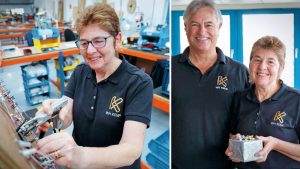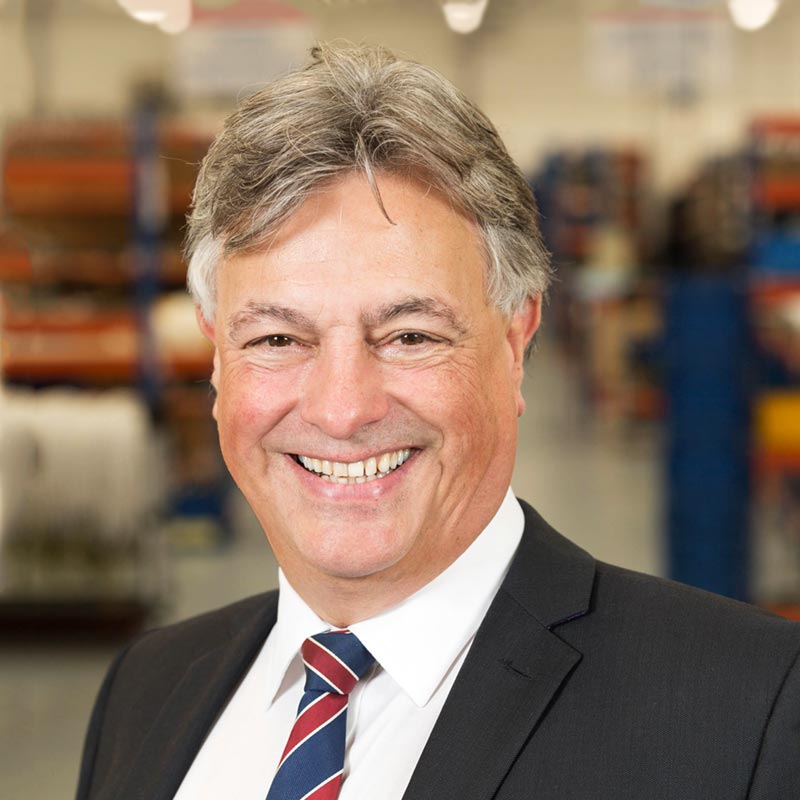Attention to detail is what sets WH Kemp apart from other Cable Assembly manufacturers. In our series of production case studies, we examine how we work with our customers to simplify their production and solve potential problems before they arise.
We always welcome the opportunity to visit our customers production facilities to observe how our cable harnesses are used within our customers’ production process. The customer can occasionally find that it there is an aspect of their production process that can be improved with an alteration to the wiring loom, this to enable more efficient assembly of the final product. Sometimes it can be a very minor change in the wiring harness that can make a difference to our customers production efficiency.
The Customer
The client is a sub-contractor manufacturing printed circuit boards for a major control systems company. Both companies are long standing customers for whom WH Kemp produce multiple assemblies and panels.
The Challenge
A two-part cable assembly was being supplied with stripped wire ends which were fraying in transport. A cable tie joining the components which was part of the approved specification for the cable was also being removed at final assembly to facilitate easier installation of the wiring into the PCB.
The Solution
When WH Kemp’s production office became aware of the problem on a routine customer service visit, they agreed a solution with the customer’s operations team whereby the cable ends would be supplied unstripped and, that the cable tie would be removed from the assembly. The two cables (one red, one black) would also be supplied bagged as separate components. This helped assembly time by reducing the number of jobs from two to one and reducing cost by removing the cable tie.
This was at first sight a very simple problem, but solving it made production on the client’s shop floor easier as well as removing the cost of a surplus item. John Wyatt, WH Kemp Managing Director said, “it is this attention to detail by our team that has kept our customers coming back to us regularly over the last 50 years.”









